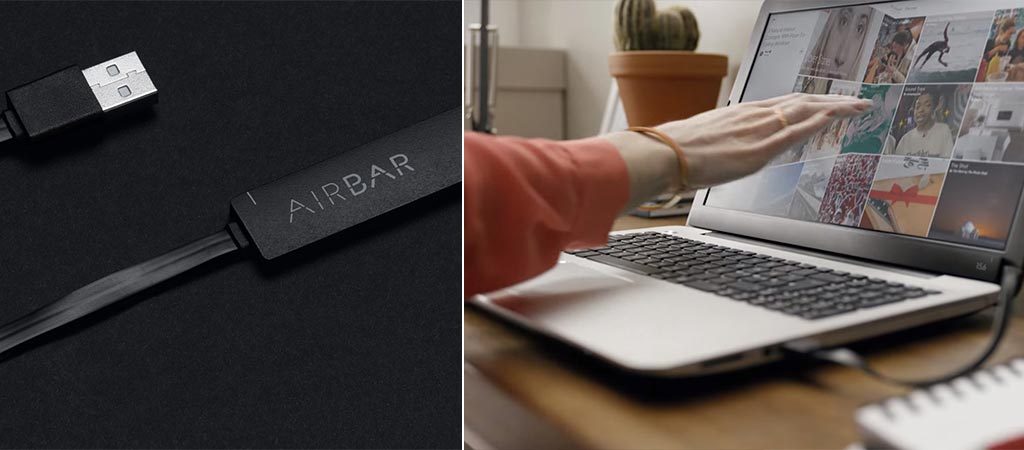The miniaturization of many objects is one of the great technological advances of recent decades, smaller mobile phones, thinner laptops and vehicles filled with invisible high-performance electronics. But building minute components poses extremely high challenges for quality control of the materials. To fix your Drivers problems you will need to know the particular model of the Monitor device you are having problems with (such as LG Monitor). Once you have the details you can search the Monitor Manufacturers website for your drivers and, if available, download and install these drivers. How do I know if I need to update my Drivers?
Microlight3D, a specialty manufacturer of high-resolution micro- scale 2D & 3D printing systems for industrial and scientific applications, announces a new 3D microprinting feature that breaks through the height limitation of micron-sized structures, while maintaining micrometric resolution.
To demonstrate its new Long-range Z feature, Microlight3D printed the world’s tiniest Statue of Liberty, a replica measuring 1.8 mm high by 0.6 mm wide, in commemoration of Inauguration Day. With Long-range Z, Microlight3D customers will be able to 3D fabricate minute structures up to 10 mm high. Previously, the height of objects was limited to 0.3 mm.
Breaking this height limitation means that Microlight3D has addressed the demands of researchers and industrial developers working on applications in mechanical micro-parts, meta-materials, medical devices etc. who need to make objects a few millimeters high.
“Users will also be able to make alignments on a pre-existing pattern and print exactly where they want. We had great fun positioning the replica of the statue on the word ‘Liberty’ on a United States one-cent coin.” said Philippe Paliard, co-founder of Microlight3D. “Researchers and industrial developers are looking to work on metallic or silicon wafers. Our enhanced 3Dmicroprinting system, compatible with a wide range of materials and substrates, will allow them to micro-fabricate structures they couldn’t before; they will marvel at the ability of our µFAB3D 3D-microprinter to align the laser and print on the tip of optical fibers for micro-optics applications.”
| Ultra-High Resolution 3D-Printing System µFAB-3D. |
Innovation
Microlight3D printed the statue directly onto the coin to demonstrate that its technology is compatible with very different printing substrates, notably metallic and opaque substrates.
The actual statue was made with OrmoGreen, a polymer doped with silica nanoparticles – the main component of glass. OrmoGreen, developed by Microlight3D, gives material glass-like properties such as rigidity and high chemical and thermal resistance. This polymer has shown to be ideal for making taller structures with micrometric resolution.

Application
Users can produce mechanical micro-parts and meta-materials enabling new features in terms of rigidity, elasticity, lightness and reaction to stress. They include medical devices, such as stents and micro-needles for transdermal injection, as well as micro-optics used as lenses on optical fibers, connectors and innovative micro-endoscopes, among others.

Note to editor
Microlight3D’s technique is based on two-photon polymerization, consisting of a green pulsed laser (operating at 532 nanometers wavelength), which combined with ultra-precise moving stages creates 3D-objects in a photoresist with sub-micron resolution. A simple solvent bath removes the unpolymerized resin.
-->Vendors can provide an INF file to install a WBDI driver.

The following is a list of guidelines for biometric device installation. The code examples in this topic are taken from the WudfBioUsbSample.inx file of the WudfBioUsbSample:
WBDI drivers should specify a class of 'Biometric.' Set ClassGuid equal to the value that corresponds to GUID_DEVCLASS_BIOMETRIC in Devguid.h:
In your .HW section, provide AddReg directives to specify three sections that contain entries to be added to the registry:
Provide the named sections referred to in the .HW section. The [Biometric_Device_AddReg] section sets values for the biometric device, including the exclusive flag and system wake/device idle. To be recognized by Windows Biometric Framework, UMDF-based WBDI drivers must set the 'Exclusive' value to 1. The first two lines of the [Biometric_Device_AddReg] section specify access control list (ACL) rights so that the device can only be opened by an administrator or the local system account. When you specify these ACL rights, third-party applications cannot open the device and capture fingerprint data when the WinBio service is not running. For example:
A WBDI driver that exposes functionality to a legacy (non-WBDI) biometric stack should set the Exclusive value to zero. If this value is set to zero, the Windows Biometric Framework does not attempt to control the device and the device is not exposed through WBF.
Vendors can have a single driver binary that can work with legacy stacks and WBF, but the two cannot operate simultaneously. WBF will only operate if the device can be opened with exclusive access.
The second named section contains registry values for the plug-in adapters. The sample uses the Microsoft-provided sensor adapter and storage adapter. This section also enables Windows log-in support by setting the SystemSensor value:
Finally, the third section sets the following registry values for the database service. The identifying GUID must be unique for each vendor database of a certain format. For instance, in this code example from the sample, change 6E9D4C5A-55B4-4c52-90B7-DDDC75CA4D50 to your own unique GUID in your INF file.
To differentiate WBDI and legacy drivers, vendors must set a Feature Score for the driver in the INX file. Feature Score is not set in the WudfBioUsbSample sample. For more information about setting a Feature Score, see Ranking a Biometric Driver on Windows Update.
Drivers Micrometric Laptops Lenovo
For information about INX files and how they differ from INF files, see Using INX Files to Create INF Files.
In order to replace a WBDI driver with a legacy driver, use the following procedure:
Drivers Micrometric Laptops For Windows 10
Close all currently active WBF applications.
Uninstall the WBDI driver.
Stop the WBF service, restart it, and then stop it again.
Install the legacy driver.
